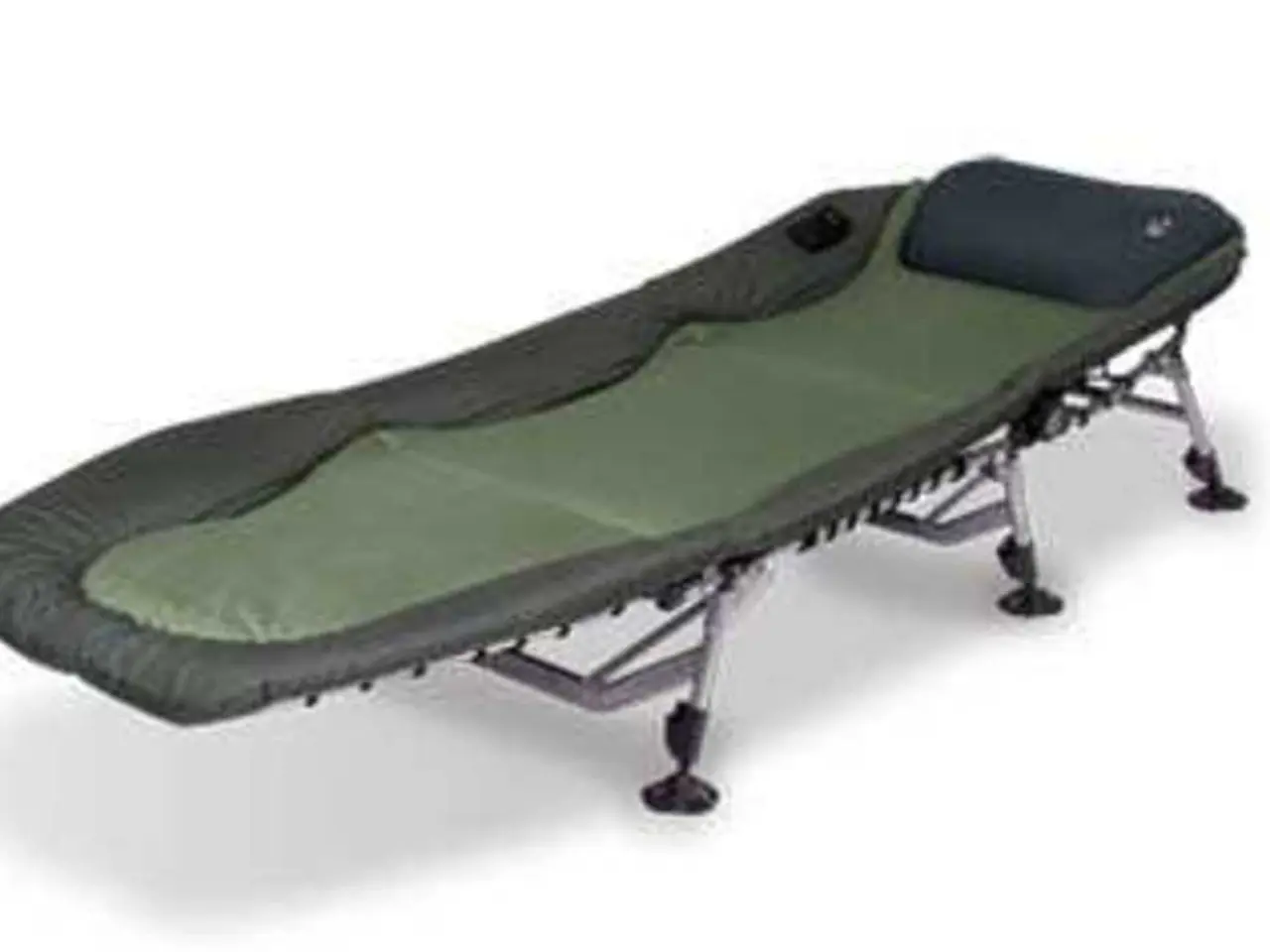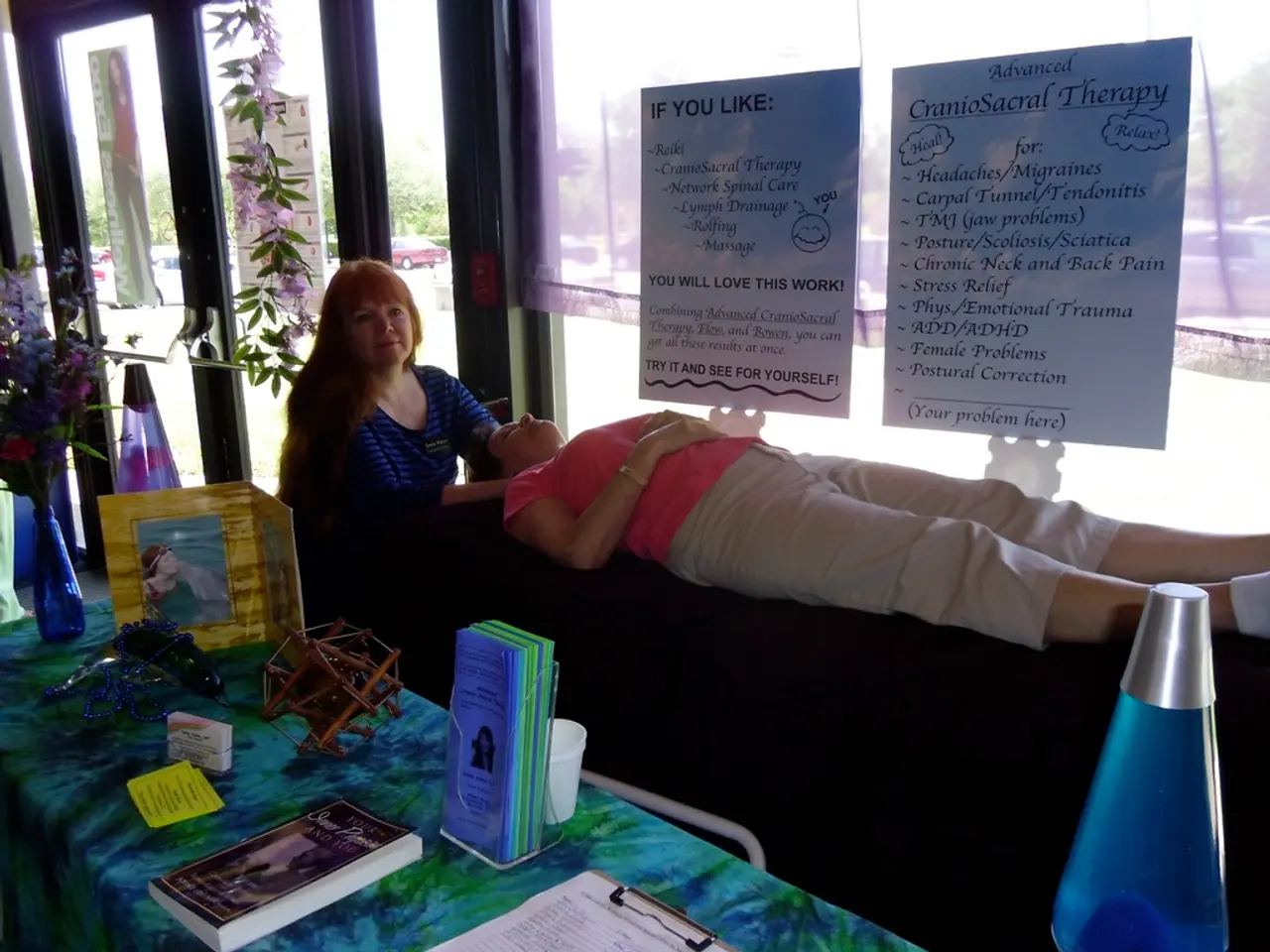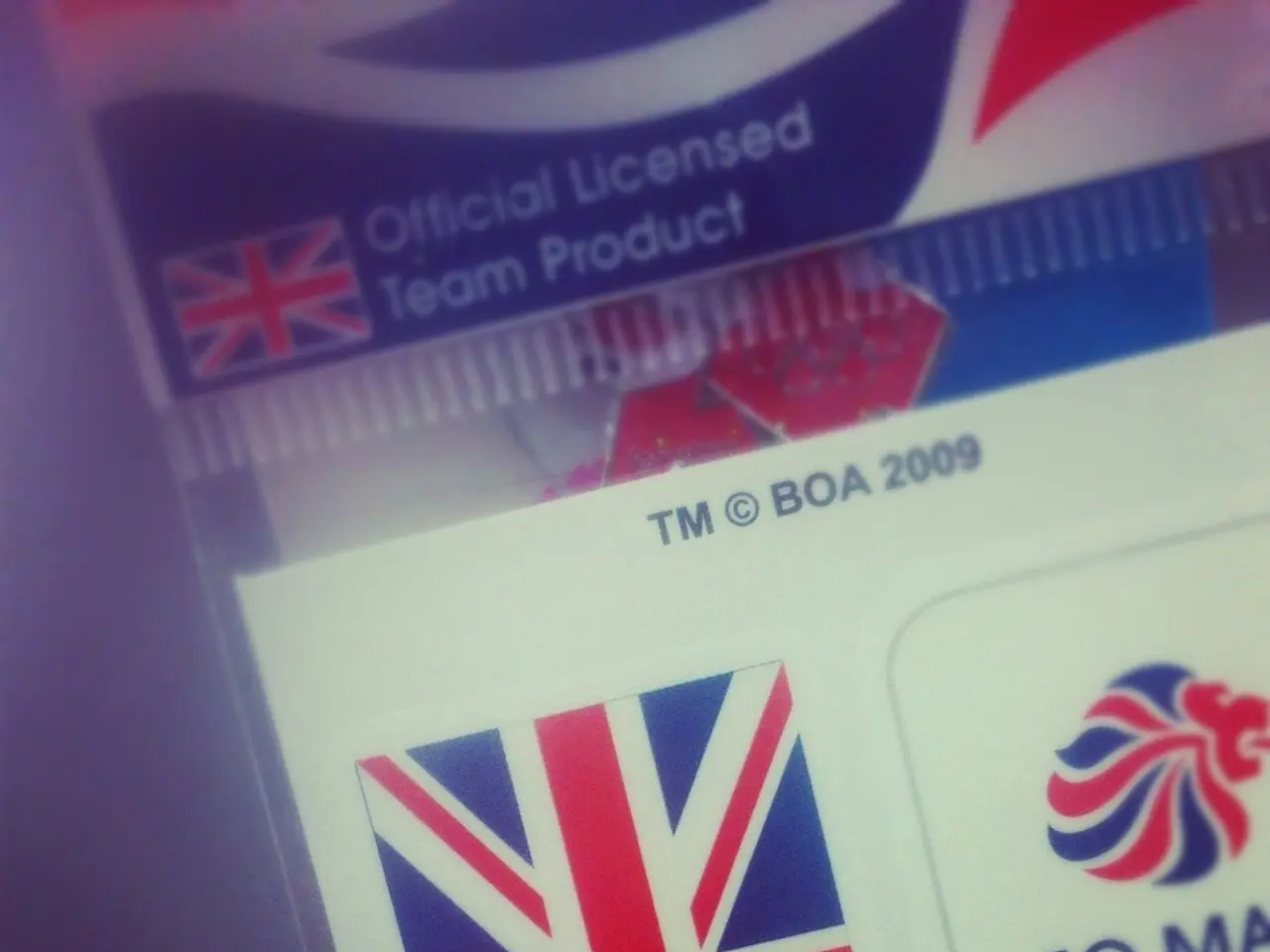Unexpected Benefits and Drawbacks of Unshod Exercise Practices
Barefoot training, a practice that harks back to our primitive roots, is gaining popularity among fitness enthusiasts. This ancient method offers several benefits for functional fitness, focusing on improving balance, strengthening foot muscles, and enhancing body posture.
The Advantages of Going Barefoot
One of the key advantages of barefoot training is the increased muscle activation. By engaging muscles that are often underused when wearing traditional supportive shoes, barefoot training can lead to improved strength and balance. This activation is particularly noticeable in the big toe dorsiflexion, the ability to flex the big toe upward, which significantly impacts overall body movement.
Another benefit is the enhanced balance that comes with being barefoot. The increased sensory feedback from the feet to the brain boosts neuromuscular control and motor coordination, making barefoot feet more adept at adapting to different surfaces and conditions.
Barefoot training also encourages a more natural biomechanics, promoting a forefoot or midfoot strike pattern during running. This reduces impact forces on knees, hips, and lower back, aligning with the body's original suspension system and improving movement efficiency and agility.
Cautions and Precautions
While barefoot training offers numerous benefits, it's crucial to approach it with caution. Transitioning too quickly can increase the risk of injury, as foot muscles and proprioception weaken after long-term shoe use. To safely reap the benefits, a gradual transition plan is essential—starting with short durations barefoot and progressively increasing exposure to varied surfaces over weeks.
Moreover, barefoot feet can be vulnerable to sharp objects or rough terrain, requiring careful inspection of the training area before starting. Individuals with foot issues, diabetes, or unstable joints should also approach barefoot training with caution and consult a doctor.
Protective Measures and Alternatives
For those seeking a middle ground between barefoot training and traditional shoe-wearing, minimalist shoes with thin soles and minimal cushioning can provide some protection and support while allowing for natural foot movement. These shoes mimic the feel of barefoot training, offering a safer alternative for those transitioning from regular shoes.
Grip socks and toe shoes with individual compartments for each toe can also be used to improve stability and prevent slipping during barefoot running. Proper foot care, including regular washing, drying, and moisturizing, is essential to maintain foot health during barefoot training.
The Rise of Barefoot Training in Fitness
Barefoot training has gained traction among athletes, with many reporting improved performance and injury prevention. Fitness experts often emphasise the benefits of barefoot exercises for foot strength, balance, and proprioception. Barefoot running shoes, designed to mimic the feel of barefoot training while providing some support and protection, have also emerged as a popular choice for those looking to incorporate barefoot training into their workout routines.
In conclusion, barefoot training, when introduced gradually and with due care, can provide numerous benefits for foot strength, balance, and overall fitness. However, it's important to remember that safety precautions and proper preparation are key to avoiding injuries and ensuring a successful transition to this ancient training method.
Health enthusiasts are increasingly turning to barefoot training, a practice from our ancestral past, due to its benefits for fitness-and-exercise and health-and-wellness. Barefoot training encourages natural biomechanics, enhances balance, and improves overall body movement by engaging underused muscles, strengthening foot muscles, and boosting neuromuscular control.




